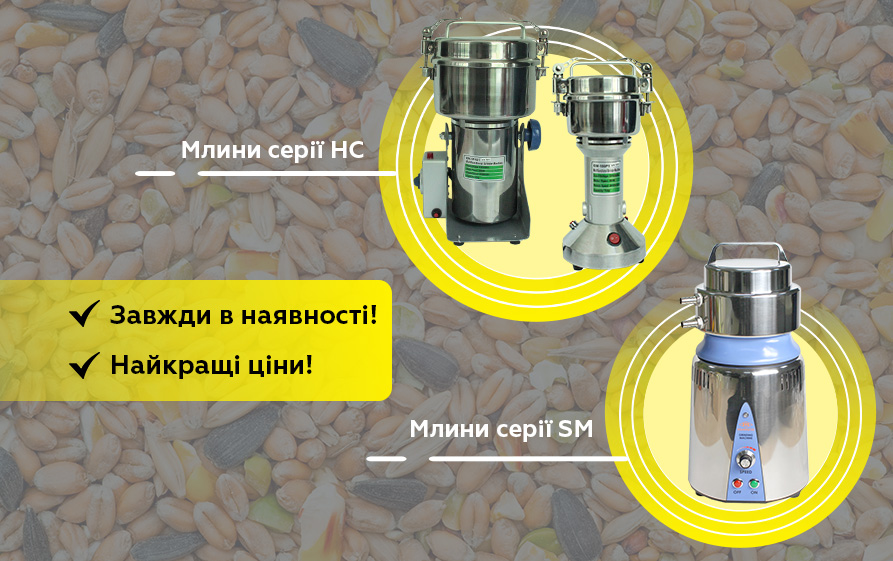Understanding the Unit of Competency in RTOs: A Guide for Compliance and Quality Training
In the world of Registered Training Organisations (RTOs), understanding the unit of competency is crucial for delivering effective and compliant training. A unit of competency defines the skills and knowledge required to perform a specific job role or task to industry standards. It forms the building block of all nationally recognised qualifications in Australia’s Vocational Education and Training (VET) sector.
This article breaks down the key components of a unit of competency and how RTOs can use this information to deliver high-quality, compliant training.
What is a Unit of Competency?
A unit of competency is a set of skills and knowledge that learners must acquire to perform effectively in a specific job role. It includes the key tasks, conditions under which these tasks must be performed, and the standards that learners must meet. The unit of competency is used to guide both teaching and assessment processes within RTOs, ensuring that training aligns with the relevant industry requirements.
Each unit of competency is listed in the national training packages or accredited courses and contributes to a qualification under the Australian Qualifications Framework (AQF).
Key Components of a Unit of Competency
Understanding the structure and components of a unit of competency is essential for RTOs to deliver compliant training and assessment. Here are the key components you’ll find in a typical unit of competency:
Unit Code and Title
The unit code is a unique identifier assigned to each unit of competency, while the title briefly describes the skills or knowledge the unit covers. For example, MEM40119 – Certificate IV in Engineering is a unit related to the engineering sector.
Application
This section describes how the unit is practically applied within the industry. It explains the unit’s relevance to specific job roles, industries, and tasks. For trainers and assessors, this is crucial for contextualising learning to fit real-world applications.
Elements
Elements outline the essential outcomes or key tasks that a learner must be able to perform upon completing the unit. Each element breaks down specific skills and competencies required in the workplace.
Performance Criteria
The performance criteria provide more detail on the elements. They describe how each task should be performed, including the level of quality and consistency needed. The criteria help RTOs assess whether learners meet industry standards.
Foundation Skills
Foundation skills refer to the language, literacy, and numeracy (LLN) skills required to successfully complete the unit. They ensure that learners have the essential communication, problem-solving, and other foundational skills needed to perform in their roles.
Performance Evidence
The performance evidence specifies the outcomes learners must demonstrate to prove they have achieved competency. It typically includes specific tasks or work scenarios that learners must complete as part of their assessment.
Knowledge Evidence
This section outlines the knowledge that learners must demonstrate in addition to practical skills. It includes the concepts, processes, and information that underpin the tasks learners perform on the job. Assessments should test both practical skills and theoretical knowledge.
Assessment Conditions
The assessment conditions describe the resources, environment, and conditions under which assessment must take place. This may include access to specific equipment, tools, or documents, ensuring that assessments reflect real-world workplace scenarios.
Why is a Unit of Competency Important for RTOs?
For RTOs, aligning their training and assessment with the unit of competency ensures compliance with the Standards for RTOs 2015. Here’s why units of competency are essential:
- Compliance: RTOs must design their training and assessment strategies (TAS) to meet the exact requirements outlined in the unit of competency. This ensures that learners acquire the skills necessary to meet industry standards.
- Consistency: A unit of competency provides a consistent framework for delivering and assessing skills across different RTOs. This maintains the integrity of qualifications and ensures learners achieve the same standard of competency nationwide.
- Clear Learning Pathways: Units of competency allow learners to understand the specific skills they need to acquire for their qualification. For trainers, it provides a structured approach to delivering training and conducting assessments.
- Audit Preparation: During audits conducted by the Australian Skills Quality Authority (ASQA), evidence that assessments align with the unit of competency is crucial. Non-compliance in this area can lead to serious repercussions for RTOs.
Using the Unit of Competency to Create Compliant Training
To deliver training that meets both compliance and industry standards, RTOs must design their training and assessment strategies around the unit of competency. Here’s how to use this information effectively:
Contextualise Learning
Each unit of competency is designed for specific industries or job roles. It’s important to tailor the training to the learners’ needs by contextualising it. This involves adapting scenarios, examples, and resources to reflect the workplace environment the learners will operate in.
Design Assessments Based on Performance and Knowledge Evidence
Assessments must test both the performance evidence and knowledge evidence specified in the unit. This ensures that learners not only understand the tasks but can also perform them to industry standards. RTOs should use practical demonstrations, workplace simulations, and theoretical assessments that align with the unit’s requirements.
Maintain Updated Training Resources
Training packages are regularly updated to reflect changes in industry standards, legislation, or technology. RTOs must ensure that their resources and assessments are up to date with the latest version of the unit of competency.
Validate Assessments
RTOs must conduct regular validation of their assessment tools and processes to ensure they meet the principles of assessment and rules of evidence. This includes checking that assessments are fair, valid, reliable, and flexible, and that they gather sufficient, authentic, and current evidence of learners’ competency.
Conclusion
Understanding and applying the unit of competency is a cornerstone of compliant and effective training in RTOs. By aligning training delivery and assessment with the unit’s requirements, RTOs can ensure their learners meet industry standards while maintaining compliance with ASQA’s regulations.














Post Comment